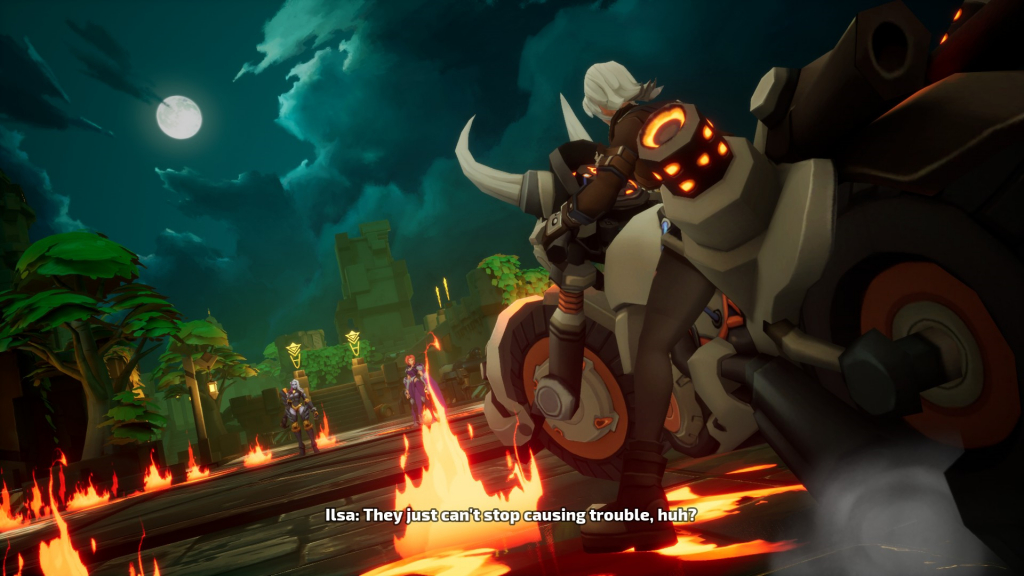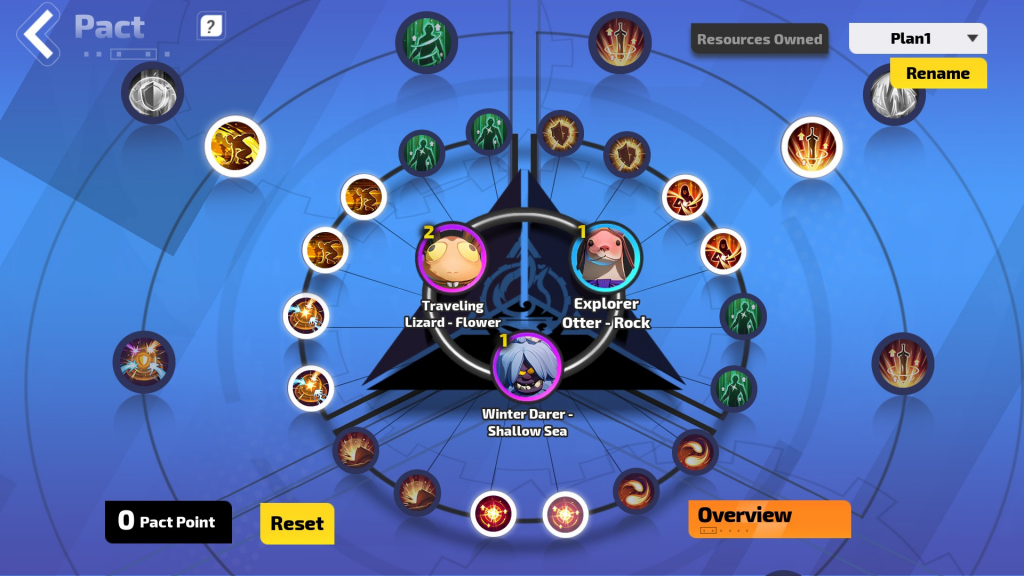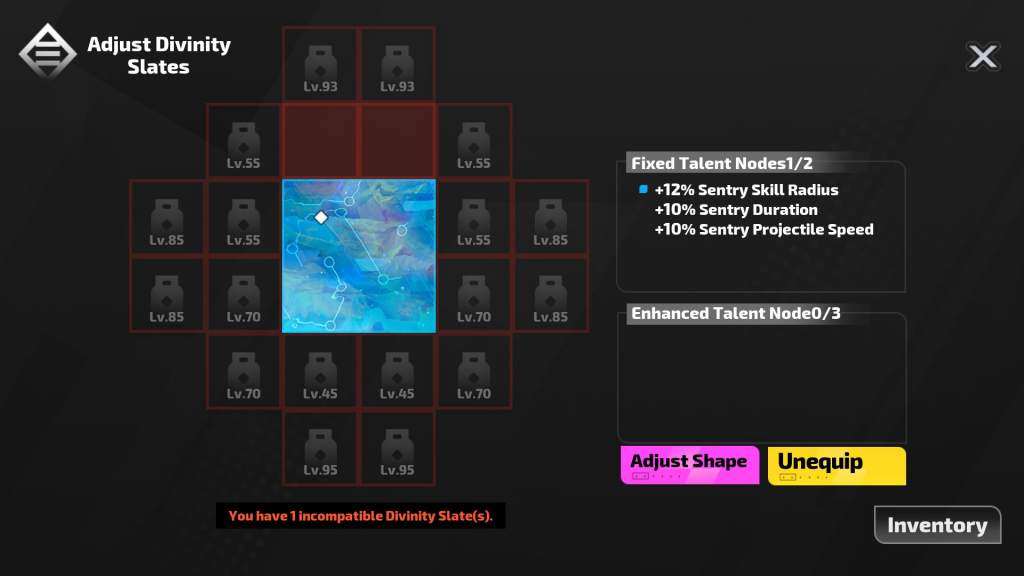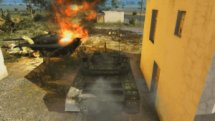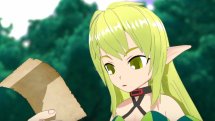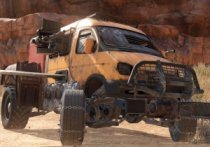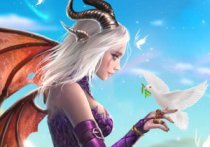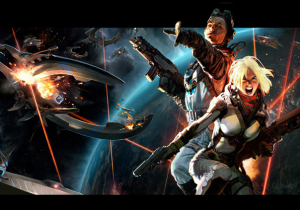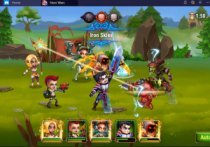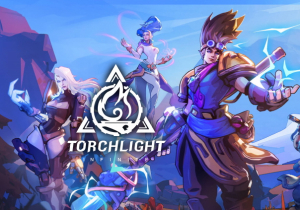Torchlight: Infinite (PC) Review – Cube of Rapacity Season
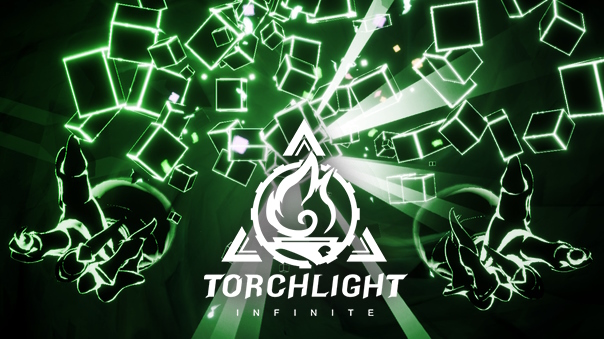
For some gamers, there’s nothing quite as satisfying as a hack and slash action RPG (ARPG), a genre that exploded in popularity with the release of the first Diablo game. Many variations have passed throughout the decades, from one-offs to longer standing series. One of these series, Torchlight, has seen its Ember darken in recent history. Its debut release in 2009, and subsequent sequel Torchlight II in 2012, were widely praised and loved – and in fact still have active players to this day.
But the promise of a Torchlight MMO – long craved by fans – proved to be too much. Torchlight Frontiers, which offered many interesting new features such as personal forts, also lacked substance. Ultimately, Torchlight Frontiers became Torchlight III, a single-player game with a ghost-town feel due to half-finished features. Now the next successor to the Torchlight name, Torchlight: Infinite, has launched on PC and mobile, promising an online, seasonal ARPG experience. In a gaming market with games like Path of Exile and Diablo Immortal, where does Torchlight: Infinite fit in?
Story, Setting, and Environment
Set in the same universe as previous games, Torchlight: Infinite bears its trademark well, from the visuals, to systems, and to its lore. Here, the First Flame shatters and splits into four, leaving humanity at the whims of Aember: a corrupted energy that brings darkness and corruption. The Hero is one of the Hunters, a group of people who have become infected by Aember but seek to fight the darkness and bring the light of the First Flame back to humanity. Each Hunter is paired with a Crow, a human trained in mastery of Ember – the “good” kind of energy that runs Torchlight and the world. These two partner together, with the Crow being responsible for saving the Hunter from the madness that takes them, even if it means killing them before they become turned.
There is a lot of potential for emotional plotlines and philosophical questions in Torchlight: Infinite’s setting and premise. Unfortunately, as is true with many ARPGs, the story serves only as a prop for the gameplay. The lore does enough to hold together the web of mechanics and environments, but it won’t deliver something that lingers in the mind after logging out. Some of the story telling is awkward, such as when conversations are held between the Hero and their Crow – but only the Crow’s dialogue is voiced, making it easy to miss what the Hero is saying to them.
Speaking of environments, let’s talk about map design. The environments are beautifully crafted, with enough little details and variety to not make each stage feel lifeless. The campaign maps, however, are very linear. There is a little incentive for exploration; most stages contain some unlockable lore points and perhaps a treasure chest every corner is checked. These little trinkets don’t require much exploration though, and fully completing a map will show that outside of these little nubs off the main path, the maps are narrowly constructed to get the player from one objective to the next. While some players may prefer this style, others, like myself, may feel more fondly about the ‘open world’ feeling of larger maps like in the Diablo series.
Heroes and Character Progression
Torchlight: Infinite currently offers six base Hero characters, along with additional premium Heroes, each of which offers at least one unique Trait that is fixed on character creation. These Traits are the defining characteristic of each character. Although the character’s visual appearance is fixed, there is a great deal of flexibility in how characters can be built.
The next core aspect of a character’s build and play style are skills. Characters get five active skills and three passive skills (auras). While the game will award some Trait-related skills throughout the main campaign, a wide berth of skills can be obtained through the skill menus and skill trader. Skills are not strictly bound to a specific Hero or trait, though some naturally synergize better with certain Traits. Each skill can be further enhanced with support skills through the Energy system, which is more complex that needs to be explained in this article. To make a long story short, it allows enhancements to be focused on a build’s most important skills.
Layered next on top of character progression is the Talent system. Talent trees are divided into six groups, each representing one of the game’s six Gods and themed after specific primary stats and keywords. The first talent tree is a choice from among any of the Gods and trees they offer; the second must be from the same God; the third may be selected freely from any of the Gods. The talent trees are relatively straightforward, offering tiers of minor and major talents, along with special talent skills that unlock after spending enough points in the tree.
Yet another layer exists in the Pact system. Torchlight fans know how important mini-pets have been in the series, and Torchlight: Infinite is no exception. The Pact system offers three rings of boosts to a character. Unlocking these requires bonding with three different “Pactspirits” (or mini-pets). Each Pactspirit offers different changes to the Pact wheel, making different boosts available or empowering them further. This system has caused some controversy when it comes to the game’s microtransactions, which will be discussed later.
There are layers of enhancement that continue on as a character progresses into end-game, but these serve as the most foundational layers for a character’s strength.
Gearing Up: Crafting and Enchantment
Near the very beginning of the adventure, Torchlight: Infinite advises players that the strongest gear is not dropped – it’s crafted. While early on, leaning on legendary items will help with leveling through the campaign, the game doesn’t lie. The crafting and enchanting system allow for a strong amount of item customization that, with luck and materials, can elevate a common drop to an extraordinary piece of equipment.
Prototype crafting allows the stats (affixes) to be ‘rerolled’ at the cost of some common materials (earned regularly, including through the recycling of unwanted gear). The gear can have a limited amount of affixes “locked” to save the desired stats, and then a reroll will offer a chance to keep the item as is or take a new set of affixes – ones that are often better than usually found on dropped items. This costs “Plasticity,” a limited resource on each piece of dropped gear that essentially dictates how many times it can be rerolled. A Targeted Processing feature allows more fine tuning of the reroll through other special materials.
Gear can also be enchanted, allowing specific prefixes to be applied based on an item’s level and how many ‘empty’ prefix slots it has available. Enchanted items cannot be crafted without removing their enchantments, so it’s essential to step an item through the process in order. It should also be noted that legendary items, which have unique names and selected affixes, cannot be crafted or enchanted – one key reason why they will fall behind crafted gear the deeper the adventure goes.
Season 3: Cube of Rapacity
Torchlight: Infinite’s global launch came with the start of its third season: Cube of Rapacity. In this season, players can find elite enemies across their maps that drop a special currency, Desire Crystals. At the end of each map awaits the Cube of Rapacity, which offers a selection of random, level-appropriate rewards. Players can spend these crystals at the cube for a chance at the rewards contained within. Up to 40 Desire Crystals can be carried over to the next map, to prevent hoarding and encourage spending. This system escalates further as characters hit end game and unlock the Avarice Code, which further enhances the rewards available from the Cube. Beyond that, there is also a pinnacle boss, the Law Bearer, that offers exclusive seasonal rewards.
One special thing of note with the Cube of Rapacity is that it introduces a new progression system: Divinity Slates. Obtained from the Cube, these slates can be used in a new talent-like system that works a bit like a tangram or Tetris puzzle. Slates contain minor and medium talents from all six god trees, plus a new god’s set of talents. These slates can be arranged and even boosted through Branding to give access to specific one-off talent choices for a character.
Microtransactions
Strictly speaking, Torchlight: Infinite is not a pay-to-win title. It’s single-player with multiplayer elements like global chat and a trading house, and no real “season first” rewards. However, the game is fairly saturated with microtransactions, some of which unlock content that cannot be otherwise obtained. This is particularly concerning as the game’s premium currency cannot be obtained in any alternative ways in-game.
The most controversial of these micro-transactions are premium Heroes and Hero Traits. As indicated, these can only be purchased with the game’s premium (cash) currency. Over time, some of these are made available through a currency called Hero Emblems, which are earned through the game’s Season Pass. A new hero costs 100 Hero Emblems, but an entire Season’s Pass worth of work for a free player will only net 35 Hero Emblems. That’s three seasons worth of steady play just to earn a single new hero. As this review is going live, a new event is starting which will allow players to earn more Hero Emblems. (A frustrating side note: currently, only one of the three female characters is available for free; the other two are locked behind this paywall.)
Pactspirits are the second most controversial of micro-transactions in Torchlight: Infinite. Acting as the game’s primary “gacha” system, all pact spirits must be earned from rolling on banners for them. The game does provide, however, with a few tokens along the way and a legendary-guaranteed Rookie banner. Jagged Primocrysts (a freely earned semi-premium currency) can also be converted into pulls on these banners. Duplicate Pactspirits are converted into tokens that will level up the existing Pactspirit. The pure random nature of these banners, and their limited availability for free players, can make it difficult to set up a good Pact synergy with a character.
The microtransaction shop also offers cosmetic items and additional consumables, which may assist in speeding up or assisting with gameplay.
Multiplayer Aspects
Torchlight: Infinite surprisingly lacks one strong feature of most ARPGs: multiplayer. While the game does have a global chat, a multiplayer ‘hub’ in towns (ala Path of Exile), and a trading house (similar to Diablo), players cannot team up to play together. This is perhaps more odd considering that the game is available cross-platform. The lack of multiplayer is a strange choice that leaves a sense of loneliness: surrounded by reminders of social interactions, but unable to adventure with anyone. There is only hope that this will come later when the core game is fully established.
Final Thoughts
The current free-to-play ARPG environment has two poles. On one end is Path of Exile, a title with no paywalls and cosmetic focused microtransactions, but a deeply complex talent tree and somewhat steep learning curve. On the other end is Diablo Immortal, a massively pay-to-win title that has gameplay simplified and familiar enough to gamers to pose no entry to day one fun. Directly between these two poles is Torchlight: Infinite.
From a business model standpoint, Torchlight: Infinite is mostly fair in its current state. There’s nothing to “win” by going faster, having better Pactspirits, or even using one of the locked classes. Locking content behind a paywall, however, offers no favors or incentives to players. Path of Exile has proven that an ARPG is sustainable on cosmetic purchases and the support of its loyal playerbase. Anything beyond cosmetics steps into greed, which fosters distrust and low player retention.
In terms of overall gameplay, Torchlight: Infinite is solid. Gradual layers of complexity and flexibility in building a character deliver a deep level of customization without immediately drowning the player in information and theorycrafting. Mechanics, overall, appear to be balanced. The story and map design are lacking, however, and the absence of multiplayer is an open sore.
Torchlight: Infinite is easy to dive into and enjoy even as a free player. It makes a great entry point for new ARPG players, and serves as a fairly relaxed, more casual ARPG that doesn’t require intensive time commitment. There are better options for those who want to invest their time, but Torchlight: Infinite remains fair and fun even with a disappointing marketplace.
Reviewer Rating: 3.5/5 (Above Average)
Articles You May Enjoy
- Popori Brawler Coming to TERA (Consoles)
- TERA on console is preparing to welcome the popori brawler class on January 28.
- Rising Thunder Alpha Impressions
- Picking up the game for the first time will feel familiar to anyone who’s even briefly played street fighter 4.


